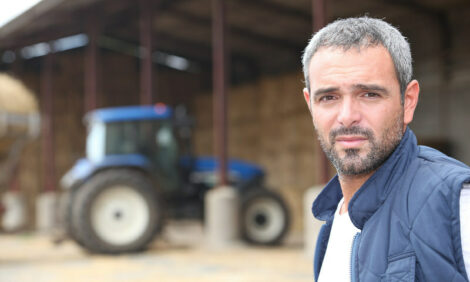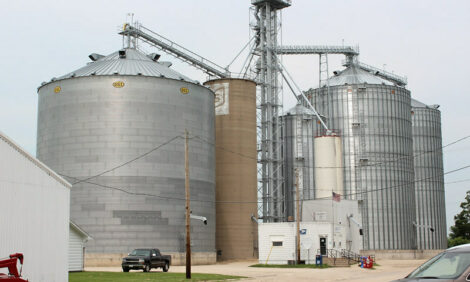



High Quality Research At Agricultural Research Forum
IRELAND - The Agricultural Research Forum, which took place this week, covered all aspects of agricultural research from environment, grassland, economics, bioenergy and crop science to animal and molecular sciences. A sample of the papers presented is highlighted below.Over 200 participants are attending the two-day Agricultural Research Forum in Tullamore, where 170 papers are being presented by scientists from Teagasc, University College Dublin, University College Galway, Agrifood and Biosciences Institute (AFBI, Northern Ireland), University of Limerick, National University of Ireland, Maynooth, Queen’s University, Belfast, and Waterford Institute of Technology.
“Scientific papers are the currency of research and it is heartening to see the strong performance of agricultural research in the island of Ireland, with the results of the research being particularly relevant to improving the international competitiveness of the agri-food sector,” said Dr. Frank O’Mara, Director of Research.
The forum covers all aspects of agricultural research from environment, grassland, economics, bioenergy and crop science to animal and molecular sciences. A sample of the papers presented is highlighted below.
Reed Beds Clean-up Agricultural Wastewater
Agricultural wastewater is generated on farms from wash water, yard runoff and the liquid fraction of manure. Land spreading is the usual disposal method but requires sufficient land nearby and application is limited under the Nitrates Directive.
A study by Waterford Institute of Technology; Teagasc, Animal and Grassland Research & Innovation Centre; and the Central Veterinary Research Laboratory, Department of Agriculture, Fisheries and Food, looked at the use of integrated constructed wetlands (or reed beds) as an alternative method of recycling agricultural wastewater.
The researchers found that statistically significant reductions in enteric indicator bacteria were observed in reed bed systems treating dairy and piggery wastewater, with E. coli and Enterococcus non-detectable in the final effluent.
Salmonella, when present in the influent, was effectively removed by the process.
“These data demonstrate that on-farm reed beds are effective in reducing and/or eliminating pathogenic micro-organisms from agricultural wastewater,” said Dr. Peadar Lawlor, Teagasc.
Impact of Seasonality on Dairy Industry Returns
The milk production profile in Ireland follows the grass growth profile. Nationally the dairy industry is working off a capacity utilisation of 62 per cent.
Researchers Dr. Una Geary and Dr. Laurence Shalloo at Teagasc, Moorepark, examined the effect of seasonal milk supply on milk price, component milk values and product yield.
The Moorepark Processing Sector Model simulates the manufacture of dairy products in an annual time step. The results showed that the highest net milk value was generated in the peak months when the volume of milk being processed was at its highest resulting in the lowest fixed costs per unit of product.
This analysis provides a platform for the optimal milk supply profile to be determined taking into account processing capacity constraints and the inclusion of investment cost information required to complete the analysis.
Comparison of Spring and Autumn Calving
Most beef suckler cows in Ireland (70 per cent) calve between January and May.
This calving pattern is largely due to higher costs associated with autumn-calving relative to spring-calving systems.
Feed costs, in autumn-calving production systems are typically greater because the cow is lactating during winter and requires higher quality silage and/or concentrate supplementation.
Housing costs are also greater as an additional creep area is required for calves.
There continues to be interest in autumn-calving systems, however, particularly where weanlings are produced for live export, a market which commands premium prices.
The objective of a recent study by researchers at Teagasc, Grange, was to provide an economic evaluation and comparison of spring- and autumn-calving suckler calf-to-weanling beef production systems.
“The implications of our results are that an additional 210 to 350 €/100 kg live weight at sale is required for autumn-calving systems relative to spring-calving systems to offset the additional costs incurred,” said Dr. Paul Crosson, Teagasc Grange.
“Spring-calving systems are more robust at lower weanling prices due to lower production costs,” he concluded.


